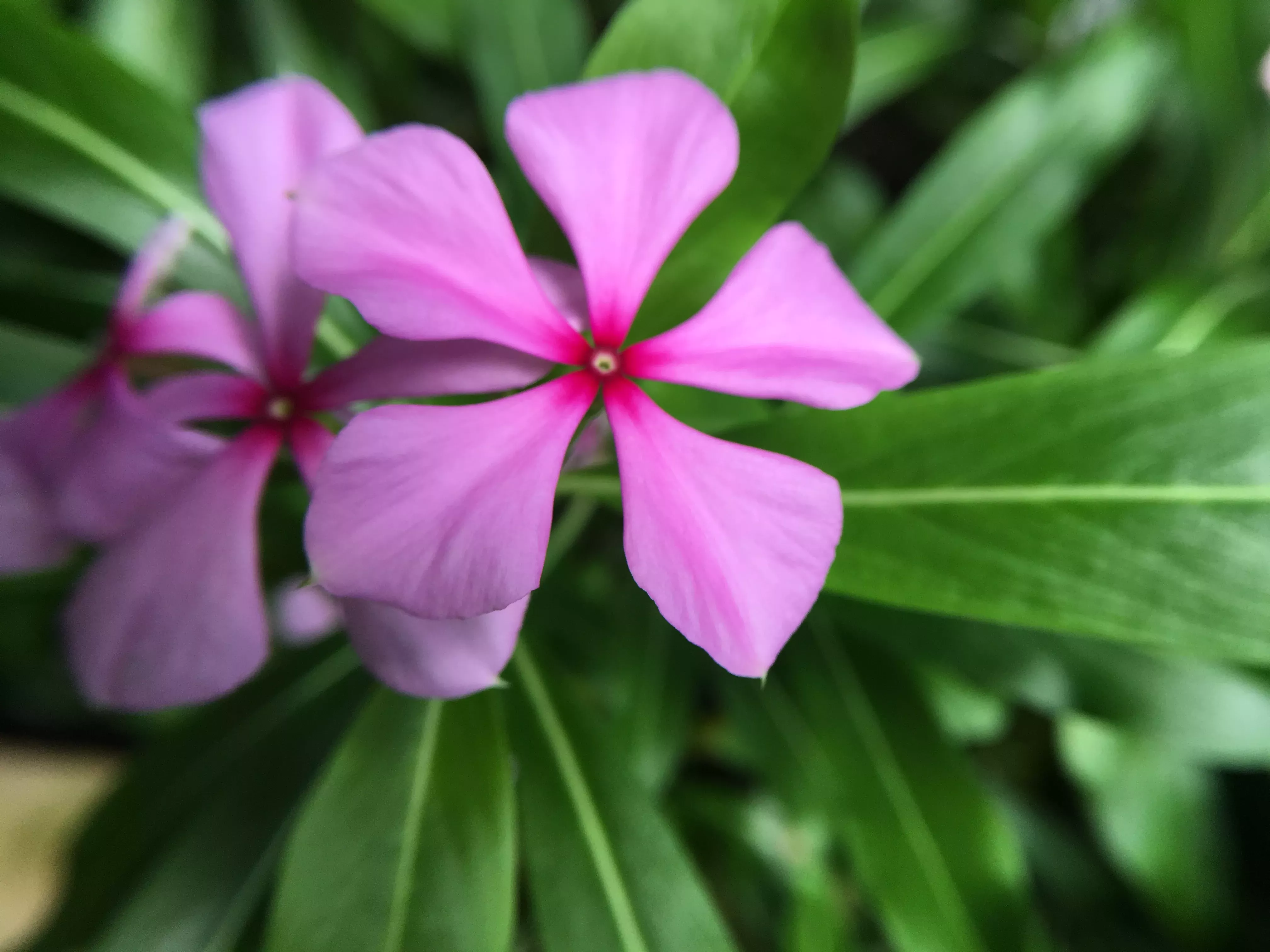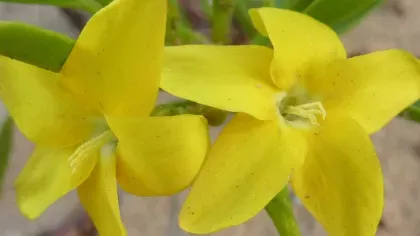20 April 2018
Catharanthus roseus: A cancer-killing champion of the plant world
Jake Newitt investigates the spectacular Madagascar periwinkle and its amazing cancer fighting properties.

A journey of plant uses
RGB Kew is home to some truly fascinating organisms that have had a far-reaching impact on our society. I want to share my journey of discovery with you.
As an intern at Kew working on the Plant and Fungal Trees of Life (PAFTOL) project, I have the privilege to access an inspiring collection of plants that are cultivated in the various environments of the Royal Botanical Gardens, Kew.
I'll be talking regularly about a particular plant and uncovering its influence on the world - whether medicinal, material or just illuminating.
Fighting cancer
Today’s plant is not that visually striking. If it were not for the fact that my attention was drawn to its extraordinary properties, I might have overlooked it. This is Catharanthus roseus or 'Madagascar periwinkle' of the Apocynaceae family.
It is an evergreen subshrub or 'bush', with a small flower of five petals. This simple-looking plant boasts significant medicinal properties.
C. roseus has reportedly been used for centuries by traditional Chinese medicine, to treat a whole range of ailments from diabetes to depression. Recently, compounds have been discovered in this special plant that have cancer fighting properties.
Vinblastine and vincristine are used to treat Hodgkin's lymphoma and leukaemia. Scientists later discovered that these compounds are biosynthesised by coupling plant alkaloids catharanthine and vindoline.
Alkaloids are nitrogen-rich compounds produced by plants, which help stop animals or insects from feeding on them. Nicotine is one such alkaloid, as is the caffeine from tea and coffee plants.
Armed with this knowledge, the research community were able to develop further semi-synthetic chemotherapeutic drugs from C.roseus. These are ‘semi’ because they are variations of compounds found in nature with modifications made by humans.
Kew science
Amazingly, it is likely that plants like Catharanthus roseus are not particularly exceptional in the natural world.
It becomes clearer every day that the natural world harbours a wealth of invaluable resources for humanity. We have merely scratched the tip of the iceberg.
At Kew our mission is to unpick the mysteries of plant biology, both out of great passion for discovery of the unknown, and for the benefit of society.
Want to come and see the Madagascar periwinkle for yourself?
You can find it in the Palm house and Princess of Wales conservatory, both great places to explore exotic plants - particularly when it’s time to take refuge from the April showers.
As a Kew intern, Jake worked on the Plant and Fungal Trees of Life (PAFTOL) project for three months, as part of a team that are using cutting edge DNA sequencing technology to look closer at the incredible diversity of the plant world.



